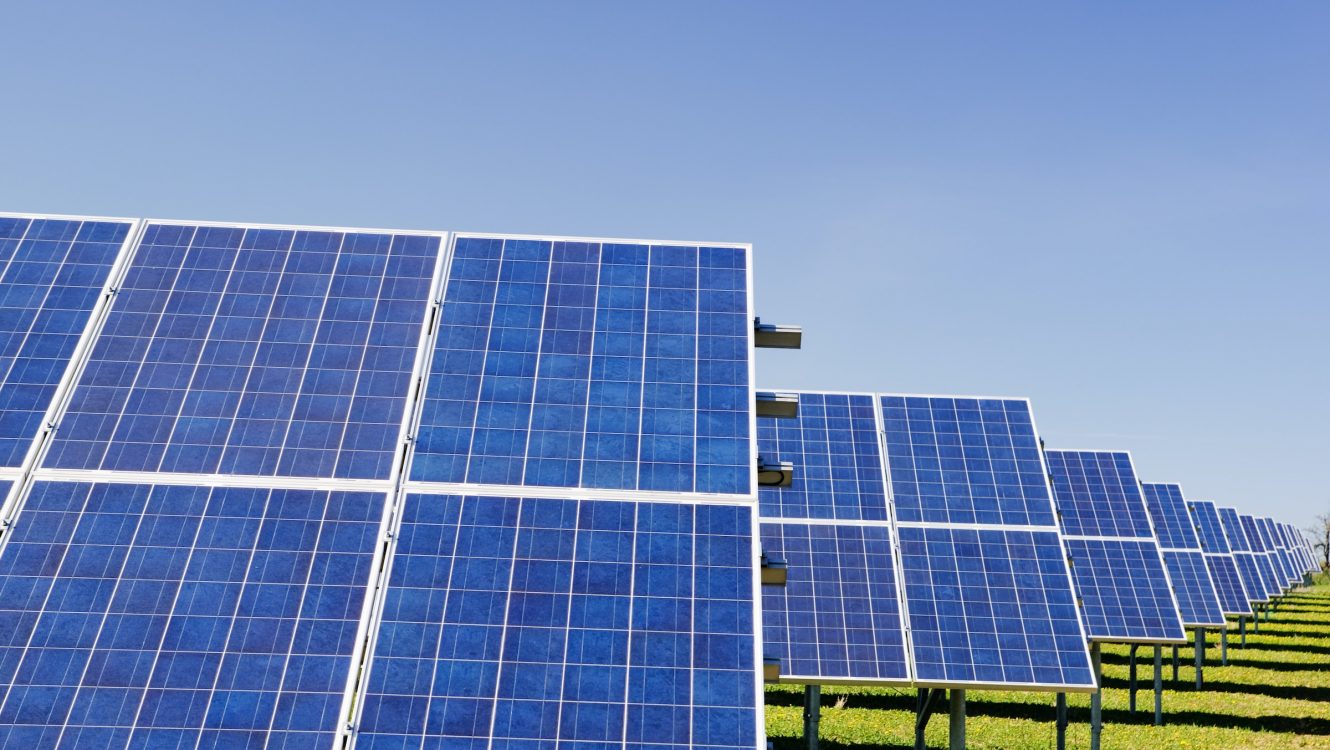Global Electric Power Carbon Emissions Set to Peak This Year Due to Renewables Surge, Claims Thinktank
Global Electric Power Carbon Emissions Set to Peak This Year Due to Renewables Surge, Claims Thinktank
In what is heralded as a turning point in the battle against global warming, a leading climate thinktank has reported that carbon emissions from the international electric power sector could peak this year. This optimistic prediction is rooted in the explosive proliferation of wind and solar power across the globe.
A Potential Plateau in Carbon Emissions
A comprehensive report on worldwide electricity generation uncovered that the acceleration in renewables’ growth rate is on the brink of meeting the required pace to achieve the tripling of capacity by 2030. This target, experts argue, is imperative to keep the world aligned with the 1.5C warming pathway.
Highlighting the slight uptick in emissions during the first half of 2023, the research suggests that the planet might be nearing the zenith of power sector emissions. There’s a palpable hope that the emissions curve may soon bend downwards, resonating with the collective climate ambitions of nations.
Ember’s Comprehensive Study
This illuminating study, helmed by the climate thinktank Ember, is grounded in a detailed analysis of electricity data from January to June 2023. It incorporates insights from 78 countries, encapsulating a whopping 92% of global electricity demand.
Malgorzata Wiatros-Motyka, Ember’s acclaimed senior electricity analyst and the principal architect of the report, stated, “The trajectory of 2023’s power-sector emissions is still under the microscope.” She emphasized the pressing need to harness the momentum, advocating for a swift descent in reliance on fossil fuels. “A cohesive global pact to multiply renewables’ capacity this decade is paramount,” she added.
Solar and Wind Power: The Green Champions
The findings of the report indicate a 0.2% augmentation in global power-sector emissions in the first six months of 2023 vis-à-vis the same timeframe the previous year. Nevertheless, the silver lining is the remarkable growth spurt in wind and solar power, cumulatively constituting 14.3% of the world’s electric power. The latter, in particular, witnessed an impressive 16% surge during the first half of the year, following record-setting solar generation across 50 countries.

We have high hopes for solar and wind power
Aiming for Net-Zero Emissions
According to the International Energy Agency (IEA) models, there’s an overarching need to minimize carbon emissions from electricity generation to net-zero by 2045 on a global scale. Advanced economies have an even tighter deadline of 2035. Achieving these targets is instrumental for the world to uphold the Paris Agreement’s goal, which seeks to curtail global temperature escalation to 1.5C above pre-industrial benchmarks.
To ensure alignment with these objectives, the combined contribution of solar and wind power to the global electric grid should soar from 12% in 2022 to 40% by 2030. Meeting this ambitious target demands an exponential growth rate: a whopping 26% annually for solar and 16% for wind power.
The scale of this challenge is evident. As Wiatros-Motyka elucidates, “Last year, the growth metrics were 25% for solar and 14% for wind, nearly aligning with the prescribed rates. To maintain this momentum, nations need to act more aggressively, and they need to act now.”
Decelerating Fossil Fuel Dependence
The report also alludes to the role of the global slowdown in electricity demand in stemming the tide of fossil fuel consumption. Compared to the prior year, global electricity demand in the first half of 2023 saw a mere 0.4% spike, significantly below the preceding decade’s 2.6% average.
In Conclusion
The ascendancy of renewable energy sources, as delineated in Ember’s report, offers a glimmer of hope in the global battle against climate change. While challenges remain, the potential plateauing of electric power carbon emissions this year could signify a monumental step towards a sustainable future. As nations convene to deliberate on actionable pathways, the clarion call is clear: swift, resolute action is not just preferable, but absolutely essential.
©globalgreenhouse.eu





















